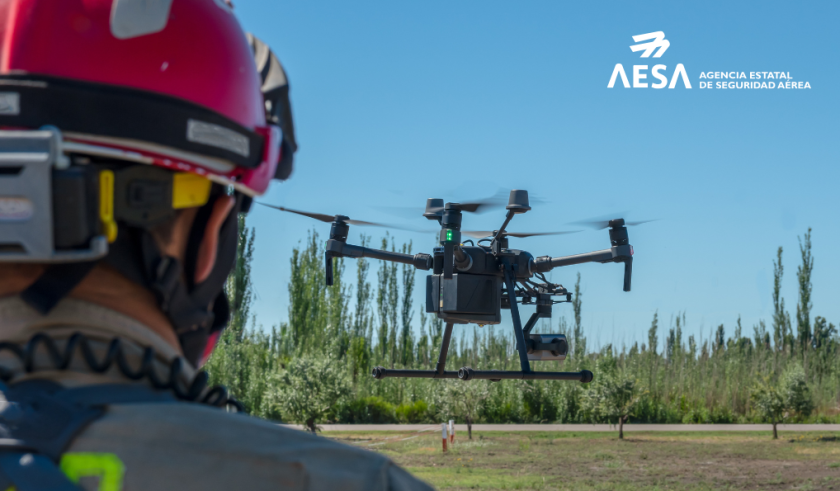Spain’s aviation safety and security agency (AESA) has published a guide to help uncrewed aerial system (UAS) operators with the new drone regulatory framework in Europe. The guidance is for non-EASA (European Union Aviation Safety Agency) operators, who have until June 25 to adapt to the new requirements, with the exception of the use of UAS airspace and geographical areas, applicable since the entry into force of Royal Decree 517/2024.
“The entry into force of Royal Decree 517/204, which develops the legal regime for the use of UAS, as well as the recent publication of the AESA Resolution with code GR-D-031, which define two new national standard scenarios specific to non-EASA activities (STS-ES-01NE and STS-ES-02NE), has made it possible to define a national regulatory framework specific to the needs of civil non-EASA activities,” AESA said.
“These activities include those operations with customs, police, search and rescue, firefighting, border control, coastal surveillance or similar UAS, under the control and responsibility of a Member State, undertaken by or on behalf of a body vested with public authority (direct activities), which were regulated through Royal Decree 1036/2017, being applicable only in the territory and airspace of Spanish sovereignty to the use of uncrewed aircraft.”
AESA’s guide includes an interactive flowchart depicting the steps to follow to complete the adaptation to the provisions of Royal Decree 517/2024. This adaptation includes aspects such as those related to the operator registration procedure, the type of training of remote pilots or the operational conditions and the zoning of the airspace, which must be carried out in full in accordance with the provisions of Royal Decree 517/2024.
“In order to adapt the specific needs to this type of operations, AESA has defined two new national standard scenarios specific to non-EASA operations, STS-ES-01NE and STS-ES-02NE, these being approved through the resolution of the Directorate of AESA with code GR-D-031,” the agency states.
Operators who wish to carry out operations, both in the STS-ES-01NE scenario and in the STS-ES-02NE, will need to have a general Operations Manual for the specific category, and an annex of all those scenarios, both EASA and Non-EASA, to which the operator uses to carry out its activity with UAS. AESA has prepared ConOps for both scenarios.
For more information




